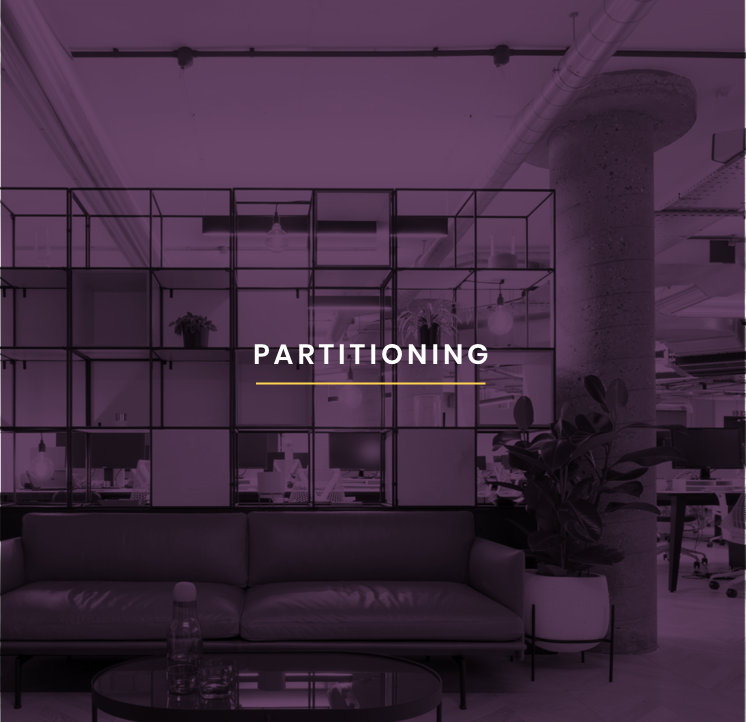So, we’ve seen how an agile workplace could work for you and it’s various elements so let’s get going and work ‘agile’! Then we wonder why Joan on sales support can never find a desk when she gets in at 10, why Adam the H&S manager is always carting round a suitcase full of paperwork and why one of the 1-2-1 meeting pods is permanently out of use due to Chris, the Ops Director, making it his permanent residence.
A move to Agile Working involves not just a change of facilities but an evolution of culture. Firstly, trust is paramount so that your team can use the workplace however they want without any fear of comeback for slacking off – integrated social and work areas reduce a divided workforce and employees’ likelihood to hide away from management so helping to overcome fear.
A well designed office with daylight, nature, and social areas improve well-being and happiness, expressing a culture of empathy. A culture that shows it cares for employees promotes a long-term relationship between employee and the company.
That’s all very well but how can we introduce this change in culture and get everyone on board? Kotter’s Change Model will help you to institutionalise a culture of agile working and the trust and empathy required to go with it:
-
Establish a sense of Urgency
As a business leader, you must be urgent to keep up and then forge ahead of your competition. Dissatisfaction with the status quo will spur belief that you must do everything possible to gain a competitive advantage.
-
Form a Powerful Coalition
In every business change, you need to nominate an enthusiastic evangelist to maintain the momentum. A director is usually best because nothing will really go if it’s not clear that the top is in total support; it helps to have authority to authorise the necessary changes too.
-
Create a Vision
So what do you want to achieve from agile working? More staff in the same space; happier workforce able to work more flexibly; improve productivity when people work in the right space for the job. Your office environment can then be designed with the end in view.
-
Communicating the Vision
To introduce lasting change, you want the full support of your team. Therefore, it’s important to communicate the change clearly, adapting the message to attract baby boomers as well as millennials. Involvement in design and training will reduce hurdles to change and paint the picture more positively, for example, Adam might request an H&S cupboard located near to a quiet zone for the copious paperwork. On another note, studies have found that there will always be around 5% ‘acid testers’ who won’t let themselves be taken in so don’t lose a night’s sleep if you don’t quite manage 100% take up.
-
Empowering others to act on the vision
Everyone’s feeling excited and positive thanks to the new fitout, however, they may be feeling unsure of the frontiers of this new freedom. Boundaries can help staff feel secure as a sudden shift to flexible working often results in the pendulum swinging too far the other way. Setting measures based on performance as opposed to traditional methods, such as attendance, and policies such as leaving a desk clear if away for more than an hour, can keep everyone, including Chris, on track. Once the broad boundaries have been set, empower the team to get on with it. Warning: be there for any queries and only if performance measures are getting progressively worse, is it time for you to get involved.
-
Planning for and creating short term wins
Like all new toys, the novelty of a new office layout can wear off and employees may be tempted to go back to the old way of working. So, until change becomes a habit, introduce short term motivation to continue progress by planning for visible improvement in performance. Visibly recognising and rewarding people who make the wins possible have been proved successful.
-
Consolidating improvements and producing still more change
Use the improved credibility to change more of the company’s structure that doesn’t fit into the transformation vision and re-invigorate the process with new projects, themes and change agents. For example, at this point you might introduce hot desking and touch down seating, as a progression from reducing desk size, as the number of staff increases, so that you don’t need to obtain more space.
-
Institutionalising new approaches
To make agile working part of the ‘way we do things round here’, you can take hard measures by having documentation stating your commitment to agile working. Soft measures are more lasting and having a core of staff in the habit of agile working, who pass on the culture to new recruits, is very powerful.
Now, agile working will truly work for you and bring about better bottom-line results from people working in the best place suited to their activity and reducing unused space.
Stand back! The extent to which your organisation can become agile will depend on your industry, a call centre, with lots of Joans, adopting this policy would be embracing a fatal fad.





